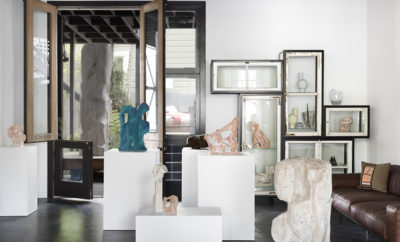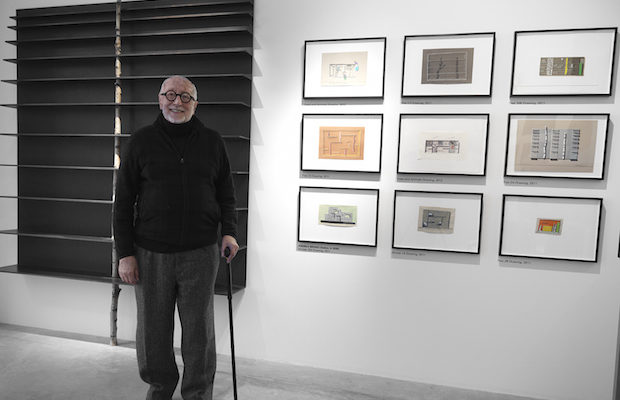 Courtesy of Friedman Benda, Photography by Christopher Burke Studio
Courtesy of Friedman Benda, Photography by Christopher Burke Studio
Design
Three Questions for Marc Benda: A Conversation with Al Eiber
A decade ago Marc Benda linked up with Barry Friedman, now retired, to open their eponymous gallery in Chelsea, and since then, he has established himself as a discerning and deeply intelligent force in the world of contemporary design. Friedman Benda’s current exhibition, entitled dna10 and up through June 10, features highlights from the previous years with the intention of looking back to get a perspective on the future. The show includes historical and contemporary works from twenty-one designers, some of them legends and others comparatively new to the scene.
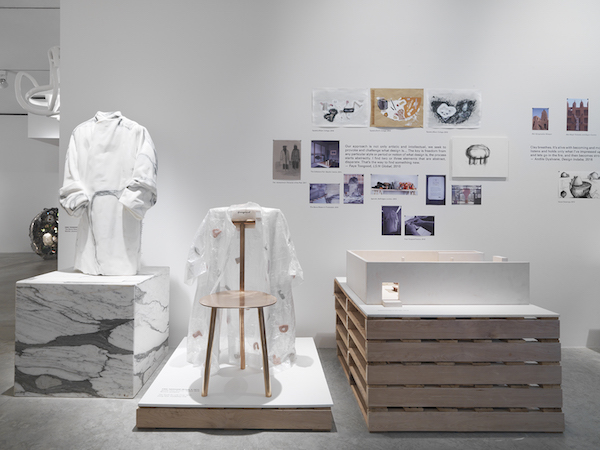
dna10 installation view, Courtesy of Friedman Benda, Photography by Christopher Burke Studio
MODERN contributing editor Al Eiber spoke at length with Benda about his upbringing, his passion for design, and his curatorial eye in an interview that will be published in full in the Summer issue of Modern Magazine. Here is an excerpt, three questions-and-answers from that interview, as a sneak preview of the longer print version available in June.
Al Eiber: You are celebrating your tenth anniversary. What exhibition are you doing to mark this significant moment in your gallery’s history?
Marc Benda: Normally, our shows are monographic and developed over months, more often years, with a single designer and his or her studio. Once a year we invite an outside curator who brings a fresh vision in design to the gallery. This one time, I wanted to prepare an exhibition that is both personal and satisfies my desire to lay out our vision, to show what has been driving us to keep pushing boundaries. Perhaps we will fail and the show will end up being too chaotic, but it will have been a fun process.
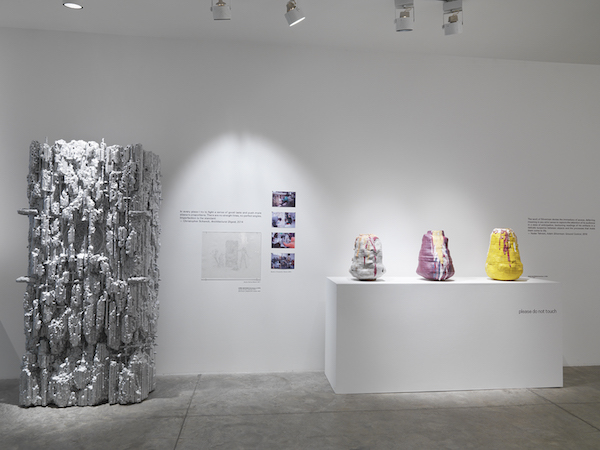
dna10 installation view, Courtesy of Friedman Benda, Photography by Christopher Burke Studio
AE: How do you find your talent? How do you evaluate whether to represent a talented industrial designer?
MB: Usually our relationships grow over extended periods. I keep a dialogue with many designers and artists, sometimes over years, before we decide to collaborate. Finding the right match is very important, and usually that is based on personality as much as the nature of the work. You want this to become a true partnership, something with room to grow and evolve over the years. As in life and in love, working relationships require understanding, patience, nurturing, and a mutual commitment.
AE: What’s more fun, working with current design or working with historical pieces?
MB: I grew up looking for historical works, and loved the hunt, the research, the excitement when something bought on a hunch turned out to be better than expected. We have handled some very important works over the years, many of which are now in museums. Sometimes you follow an object for years before it is yours.
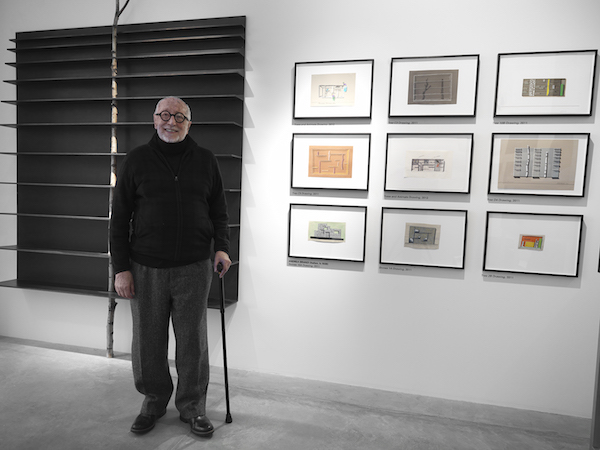
dna10 installation view, Courtesy of Friedman Benda, Photography by Christopher Burke Studio
Working with a living designer can be even more exciting, though: there are projects that take years to fruition. You may first see a sketch or a model for something new, have the germ of an idea explained in a conversation. Following the sometimes many and excruciating steps of a
project to completion can cost you some gray hairs or make you question your sanity. However, when you stand in the room with the finished piece you only remember the beautiful parts. It is as if we constantly give birth to beautiful babies, and always forget the diaper changes and sleepless nights.
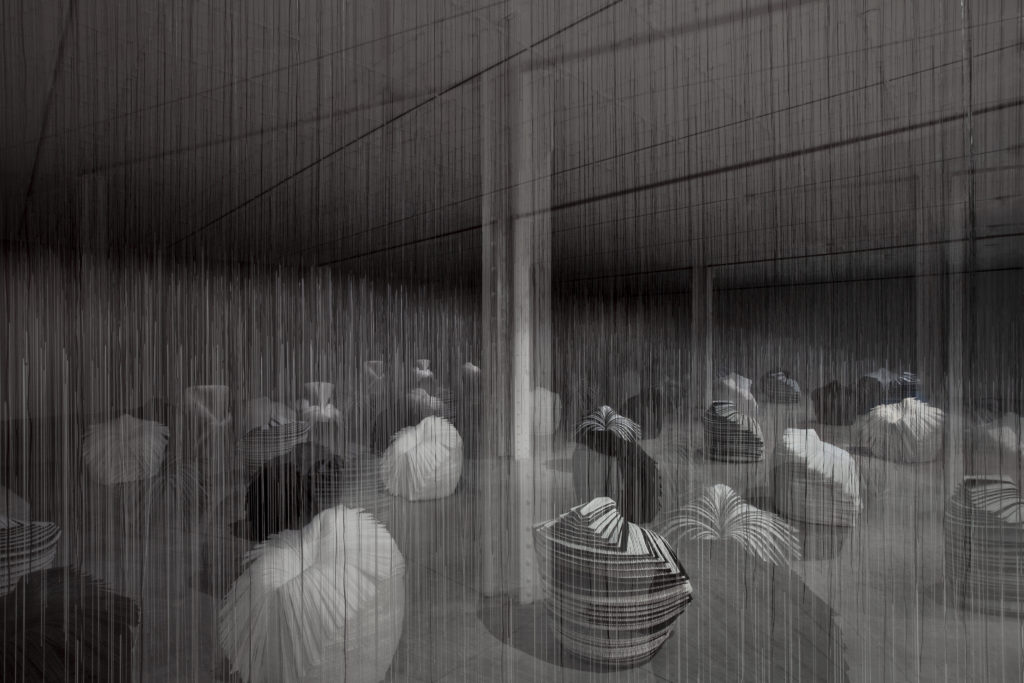
nendo Ghost Stories, 2009. Courtesy of Friedman Benda and nendo, Photography by Jimmy Cohrssen


